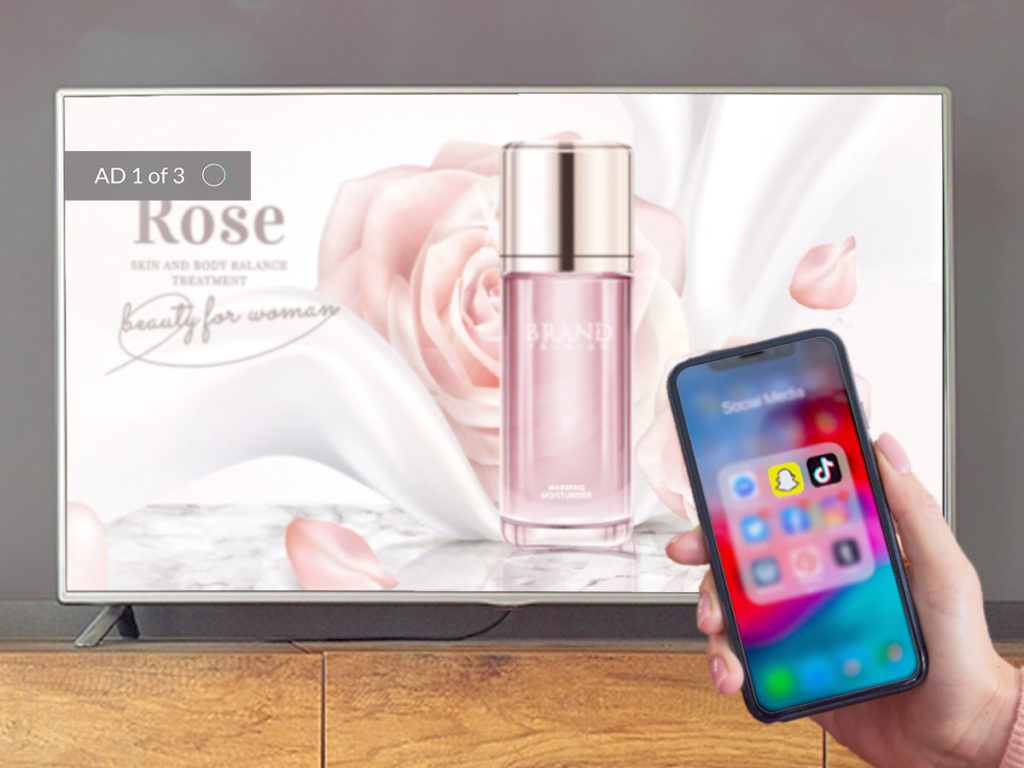Blast From the Past: Streaming is Reviving the TV of Old
by Frankie Karrer
4 Min Read
CES 2024: Stagwell (STGW) and MNTN Announce Partnership in Unified Performance SolutionsLearn More
Direct-to-consumer advertisers’ need to diversify revenue streams sees them shift budgets to Snapchat and Connected TV

3 Min Read
Facebook and Instagram have traditionally enjoyed a nearly untouchable status as reliable performance ad channels. But a recent string of events and circumstances have caused direct-to-consumer (DTC) brands to look for ways to diversify their direct-response marketing strategies.
So what’s causing the shift in ad budgets? A major reason is the massive privacy overhaul brought on by Apple’s IDFA update. The policy update, which affects all iOS 14 users, asks them whether they want to share their information with mobile apps for advertising purposes—something which few users decided to allow in early results. Marketers themselves expect a negative impact on targeting and attribution resulting from the update, with eMarketer reporting an expected 20-30% opt-in rate and an accompanying drop in ad effectiveness. That represents an existential threat to Facebook’s ad business, and a wakeup call to DTC brands who may have put all their eggs in one basket.
Coupled with recent rumblings of rising CPMs due to an overcrowded advertiser marketplace, Facebook is facing an exodus of DTC ad budgets. One DTC founder relayed the advice she was given in a recent interview with Digiday, saying “‘Be careful of approaching Instagram, it can become a money suck and it is really noisy.’” That noise is making it harder for DTC brands to compete and drive an effective rate of return. That can be a deal breaker for businesses that rely on strong margins from their advertising.
There was little question that IDFA was going to shake up the mobile advertising ecosystem, and we’re seeing that happen now.
According to surveyed media buyers, DTC brands have shifted budget over to Snapchat in an effort to thwart an overreliance on Facebook advertising. Digiday reports that Snapchat has seen a 10% year-over-year increase in ad spend, with it now occupying up to 25% of certain media buyers’ budgets.
CTV advertising, meanwhile, has seen a strong uptick in DTC advertiser adoption. It’s a logical option to pursue as it avoids issues with mobile data privacy that will plague Facebook and Instagram, while still offering direct-response capabilities.
Data sourced from CTV advertisers using Performance TV, which is dedicated to direct-response CTV advertising, saw a 67% year-over-year uptick in the number of advertisers. Brands also drove a 105% increase in the number of conversions, showing that it was an especially effective alternative to more traditional performance options like Facebook.
With Facebook and Instagram’s reliability wobbling, DTC brands are looking for new options. It’s likely we’ll continue to see them branch out and dedicate budgets to other ad channels and platforms that can still deliver on their goals. So where will those budgets ultimately end up–will other social platforms absorb them? Will Connected TV? It’s looking like it will be a mix of both and it could make for an interesting ripple effect in the DTC marketing world.
Subscribe to the report Apple, Amazon, NBC and more use to get their CTV news.